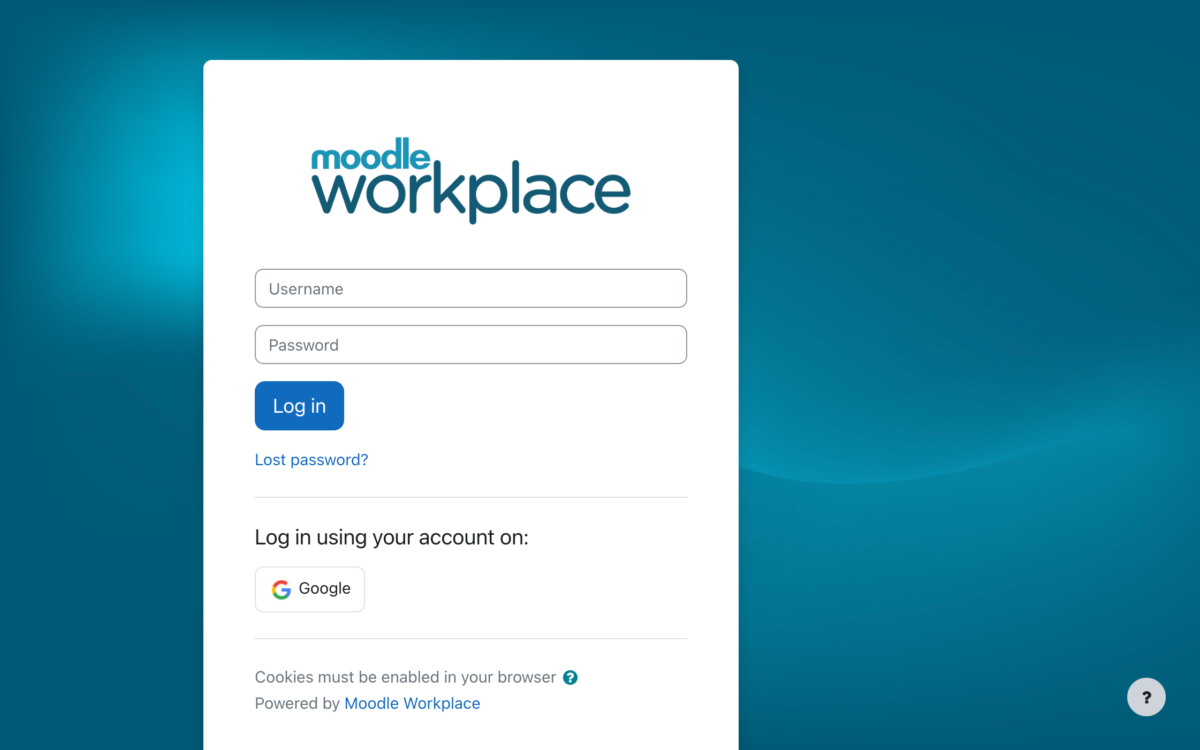While human-centred learning is key to fostering the adoption of new technology, the reality of many digital transformations is that they fail to return a profit.
Approximately 70 percent of front office transformations fail to deliver their expected returns due to lack of user adoption and behaviour change.
In many cases, transformations fail because processes haven’t been put in place to help people transition to a new system.1 Employees either haven’t been given the right incentives to use the new technology, don’t understand how to use it effectively, or don’t have leaders who have set the right example for cultural change.
Are there examples of human-centred design we can follow? Of course – we just need to look at the best apps and social tools and incorporate it into our own organsation. Once upon a time, people would need to remember a route or use a street directory to navigate to a location, there are now apps that will tell them where to take a right or a left until they reach their destination. They don’t teach navigation itself, but instead, guide a user to an outcome. And if they take a wrong turn? No problem, they simply recalculate the route and quickly get the commuter back on track.
In a similar example of guiding, not teaching, social media platforms evolve their features without having to send out a manual. Instead, these platforms adapt to user needs, rather than the other way around. The good ones continually make themselves simpler and easier to use with every update, allowing people of all ages and abilities to keep using them.
There is a lesson in this for organisations: often the best way to ensure a seamless digital transformation for employees is not traditional classroom training. Instead, it’s through offering bite-sized, on-demand learning that meets users on their terms and at their level of ability, driving curiosity to explore and learn in real time. When an employee struggles, tools can guide them through any challenges.
This is a stark contrast to sitting in a formal learning session, often without access to the application itself, and then having to apply it later. For many employees, this new way of learning would be a breath of fresh air.
Many organisations are already flipping the script in this regard, realising that upskilling does not necessarily mean ‘formal training’. Instead, technology — apps, tools and learning platforms can be designed to be human-centred and intuitive to use. Incentives can be built in using gamification and micro-learnings, coping tools or pop-ups embedded that enable users to learn as they go.
Not only is this approach more productive, it also gives organisations data about where their employees need help, offer coaching and help, ultimately allowing them to fine tune the training itself.
Reference:







